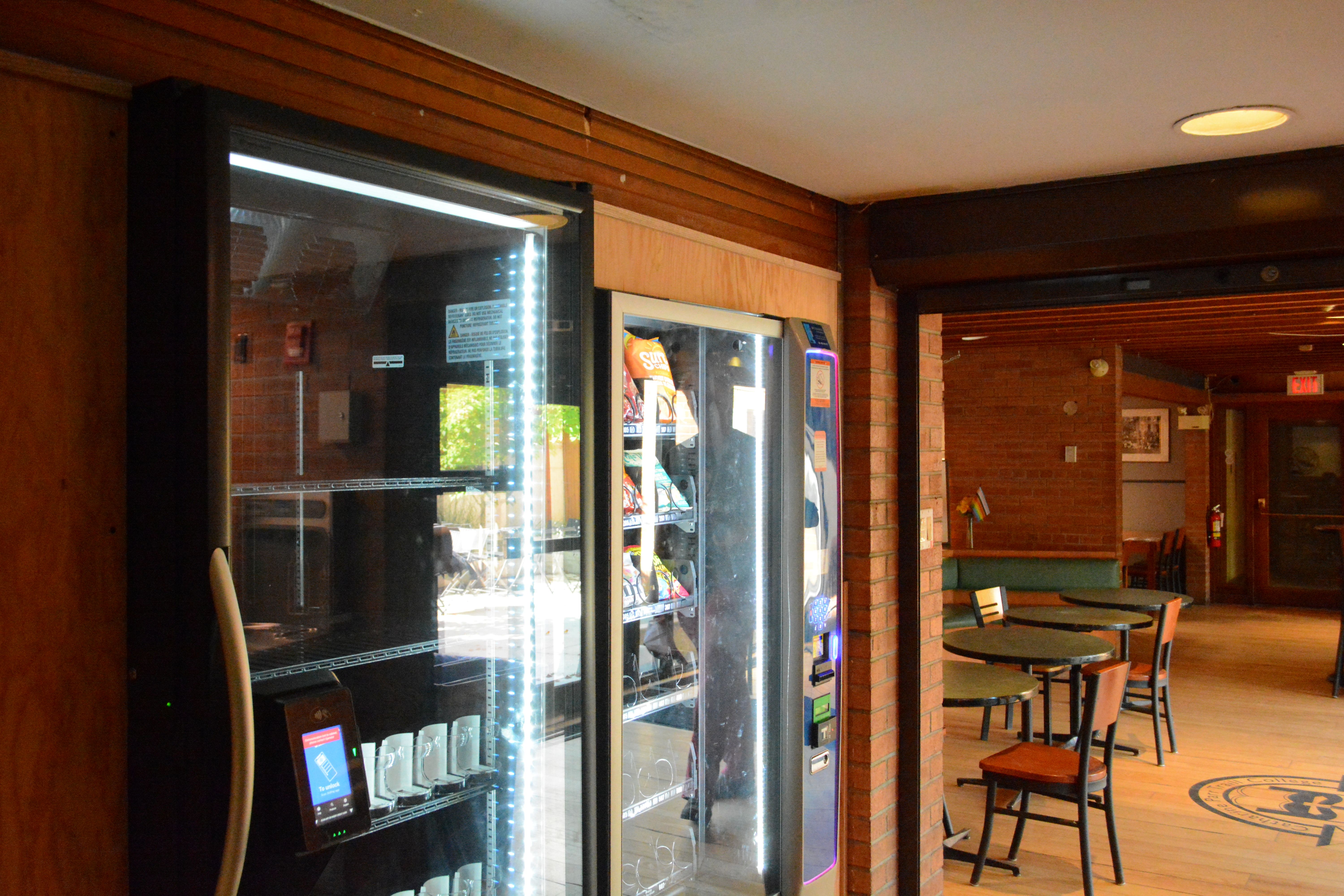What even is sustainability?
Don’t worry, sustainability is only one of the hardest words to describe. If you don’t quite know what it is, don’t fret. Our world leaders each showed up to discuss the climate crisis in their individual private jets during the U.N. climate change summit.
Some of us clearly interpret sustainability and its responsibilities differently.
Sustainability is essentially about implementing conservation efforts to retain the little of the environment we didn’t already manipulate or destroy. Or, as the U.N. said with such self-awareness: sustainability is “meeting the needs of the present without compromising the ability of future generations to meet their own needs”.
Why you might care about sustainability:
Students majoring in Environmental Science and its affiliates (hi, Sustainable Agriculture major here) might tell you they care about sustainability because anthropogenic effects on the environment have depleted “natural resources”, disrupted ecosystems, and affected our food system.
Translation: some people care about sustainability because humans fucked up the environment and we’re in a major climate crisis.
Why you should care about sustainability on campus:
As Trent students (and members of the Peterborough-Nogojiwanong community), we are living on Sacred Traditional Miichi Saagiig Land. Especially for uninvited guests/settlers such as myself, it is my responsibility to treat the Land homing me with honour, respect, and stewardship. Littering, water pollution, and misleading recycling bins are some examples of how our footprints on campus directly affect the Land and Nogojiwanong’s most important waterway, the Otonabee River. I recognize that as students, we’re already burnt out, and it is not my wish here to add unfeasible burdens on your shoulders. However, more alarms might go off in your mind when I say that you should care about sustainability on campus because it is also adding to your student debt.
For example, Levy Groups are student-run organizations elected by the student body through a voting referendum. As Levy Groups are directly elected and funded by students, looking at the Levy Groups that were voted for can provide an informative glimpse into what the student body cares about and is willing to fund. We can see many sustainability-minded Levy Groups, including Sustainable Trent, SAFS Society, the Seasoned Spoon, and Trent Vegetable Gardens, all of which have received consistent support over the years from students who want to see sustainable initiatives on campus.
Students care about the state of sustainability on campus and are willing to prove this by individually funding environmentally-conscious projects. For students who are low-income and/or disenfranchised such as myself, however, funding these projects comes from a willing heart and an ever-thinning wallet.
What sustainability efforts look like on campus:
Beyond the efforts of Levy Groups, the Sustainability Office (SO) is the department responsible for assessing sustainable resource management on campus. Their sustainability efforts target electricity, natural gas, water and waste materials. You might have noticed some “sustainability” initiatives around campus in the form of (confusing) recycling stations and low-lighting strategies, to name a few. However, a bulk of sustainability initiatives can be most obviously seen in Food Service areas, such as the sales of Eco Trays and paper take-out containers in campus cafeterias.
Knowing my gripes with Chartwells, I could write an entire article on how an international, multi-billion company ought to not charge us for take-out containers and price their food the way they do when they give us such small portions. Students with dietary restrictions may be promised meal accommodations on paper, but the reality is that students do not have consistent access to sufficient Halal, Kosher, gluten-free (truly free, some people can die out here from gluten), and vegan food options.
Beyond funding sustainability initiatives, students are also paying $2,400-$3,940 for meal plans without equal access to food at the university. Depending on where your residence is, your options could be severely limited and the value of the food you eat may not represent the cost you paid. If you’re at the Otonabee Annex, you will not have access to a proper kitchen and your cafeteria will operate on reduced hours and food quality (feel free to take my word for it, I lived there for nearly 3 years). The same could be said of those in residence at Traill College. Add being far from campus, mobility issues, and operational inconsistencies with the only transit system in town, and you’ve got a myriad of blockades keeping you from consistently being able to access the food you paid $2,400-$3,940 for.
Unfortunately, there appears to be very little research done to assess whether students are satisfied with the state of sustainability on campus and whether the sustainability initiatives promoted by the school, especially in the realm of Food Services, are appropriately modelled after the needs of our student population. Sustainability efforts are not “one-size-fits-all” solutions; they need constant revising, adapting, and collaboration. For this reason, Arthur is inviting all Trent University students to voice their opinions, thoughts, or concerns about the state of sustainability on campus and the lack of diet-appropriate meal options through a short survey - which can be found here.
Now that we have raised these issues, we are looking for answers from our university. We have reached out to the Sustainability Office (SO) and we will be reaching out to other relevant departments and groups, which we will then compile in a follow-up article.
Students need equal access to food on all campuses and sustainability efforts that do not further add to our ever-growing student debt.


.png)


.jpg)

.jpeg)
.jpeg)



.jpg)


.jpg)









.png)